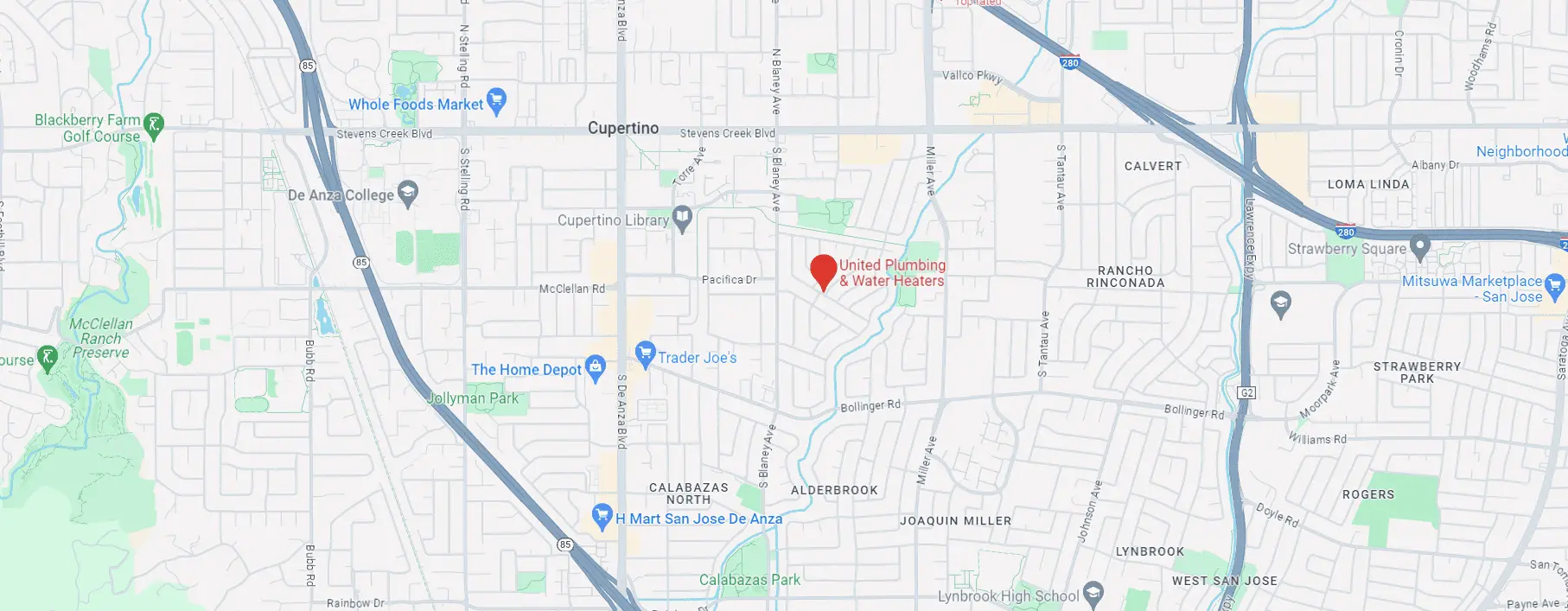Where are water heaters usually located?

A water heater is one of the most important appliances in any home. This is why it is crucial to be very careful when choosing and installing a new water heater in your house. After all, picking the wrong heater placement can result in higher electric bills, colder water in your faucet, and even significant damage to your home if the heater malfunctions. In this article, we will talk about the best places to install different types of hot water tanks in a home.
Most common residential water heater locations
Conventional water heaters feature a tank where water is collected, heated, and kept hot until it is used. These appliances are typically quite large in size, as they store hot water for the entire household. Most tanks hold anywhere from 20 to 100 gallons of hot water at a time. Given their size, water heating appliances are usually installed in areas of the house where they don’t get in the way. This could be a basement, garage, or even a dedicated utility room. Some homeowners install their tanks in the attic, but this is often not a great idea, as if the heater leaks or bursts, the water will cause a lot of damage to the lower levels of the home.
If your home has two or more water heaters, these will usually be installed in different parts of the house.
Tankless water heater locations
Unlike conventional hot water tanks, tankless appliances are significantly smaller in size. This means that you can fit them in a variety of locations in your home. For example, tankless units are often installed in bathrooms, closets, or pantries, underneath the stairs, or even underneath sinks. Some tankless units can even be installed outside the house.
Choosing a place to install a water heater
Each home is different, so you need to consider the unique parameters of your house when selecting a place for a hot water tank. First of all, make sure that you choose a place that will be easy to access. This location should be in close proximity to faucets and other places where hot water is actually used. Ideally, you should try to find a place where you could install the tank without making any major changes to the plumbing. You should also avoid placing the water heater near combustible materials, in places that are too humid or dusty, or in locations where the unit could freeze, be exposed to direct sunlight, or rain. If you’re swapping out your old water heater tank for a tankless appliance, you can simply install the new heater in the location of the old unit to minimize additional plumbing expenses. Keep in mind that if you install a water heater foo far away from the faucets where hot water is used, the liquid could get cool before it gets to the faucet. This can significantly increase your energy bills and even force the people in your household to constantly take lukewarm showers instead of hot ones. If you hire an experienced plumber to install your water heater, they will be able to correctly determine the ideal water heater location in your home, so we advise you to consult a professional before making any changes to the plumbing.
Post views: 1317

